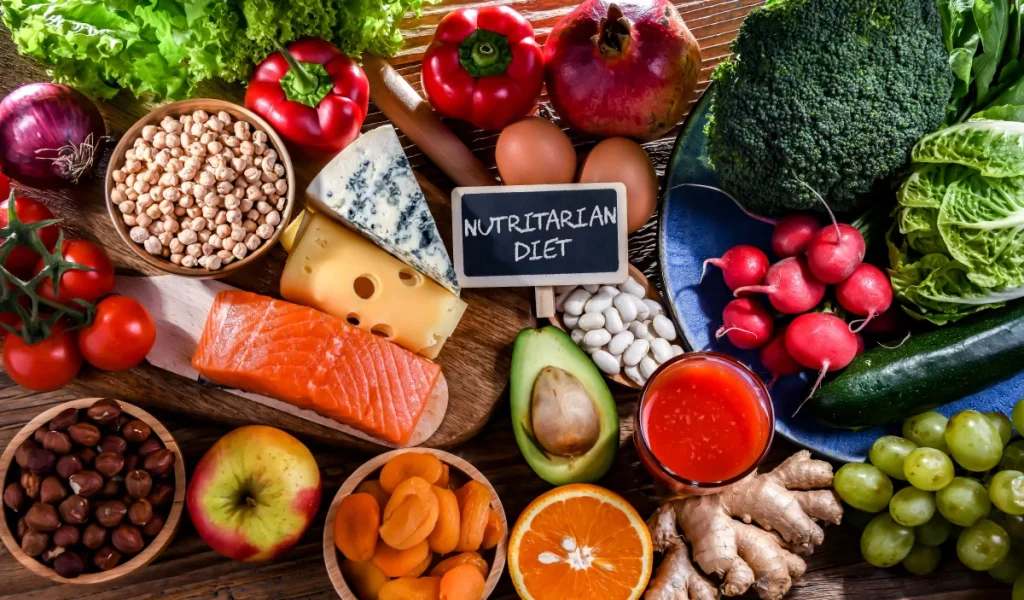
Managing arthritis goes beyond medication—it’s about the daily choices on your plate. This practical guide shows you how to build delicious, anti-inflammatory meals that can help reduce joint pain and stiffness.
Building Your Plate: The Arthritis-Friendly Formula
Create balanced meals using this simple formula:
- 50% Colorful Vegetables (especially leafy greens, broccoli, bell peppers)
- 25% Lean Protein (fish, poultry, legumes)
- 25% Whole Grains (quinoa, brown rice, oats)
- Add healthy fats (olive oil, avocado, nuts) to each meal
Sample Daily Meal Plan
Breakfast: Greek yogurt with blueberries, walnuts, and a drizzle of honey
Lunch: Mixed greens with grilled chicken, olive oil dressing, and quinoa
Dinner: Baked salmon with roasted sweet potatoes and steamed broccoli
Snacks: Apple slices with almond butter; carrot sticks with hummus
Key Food Groups and Their Benefits
- Fatty Fish (2-3 times weekly): Salmon, mackerel, and sardines provide omega-3s that help reduce inflammation
- Colorful Produce: The more colors you eat, the wider range of anti-inflammatory compounds you get
- Healthy Fats: Olive oil, avocados, and nuts contain compounds that can help block inflammation
- Whole Grains: Rich in fiber, which helps reduce C-reactive protein—a marker of inflammation
Foods to Reduce
Limit these inflammation triggers:
- Processed meats and fried foods
- Sugar-sweetened beverages
- Refined carbohydrates (white bread, pastries)
- Excessive alcohol
Practical Tips for Success
- Plan meals weekly to avoid unhealthy choices when busy
- Cook with anti-inflammatory herbs and spices (turmeric, ginger, garlic)
- Stay hydrated with water and herbal teas
- Prepare vegetables in advance for easy snacks
Remember, consistency matters more than perfection. Small, sustainable changes to your eating pattern can make a significant difference in how your joints feel. Always consult with your healthcare provider before making major dietary changes.
